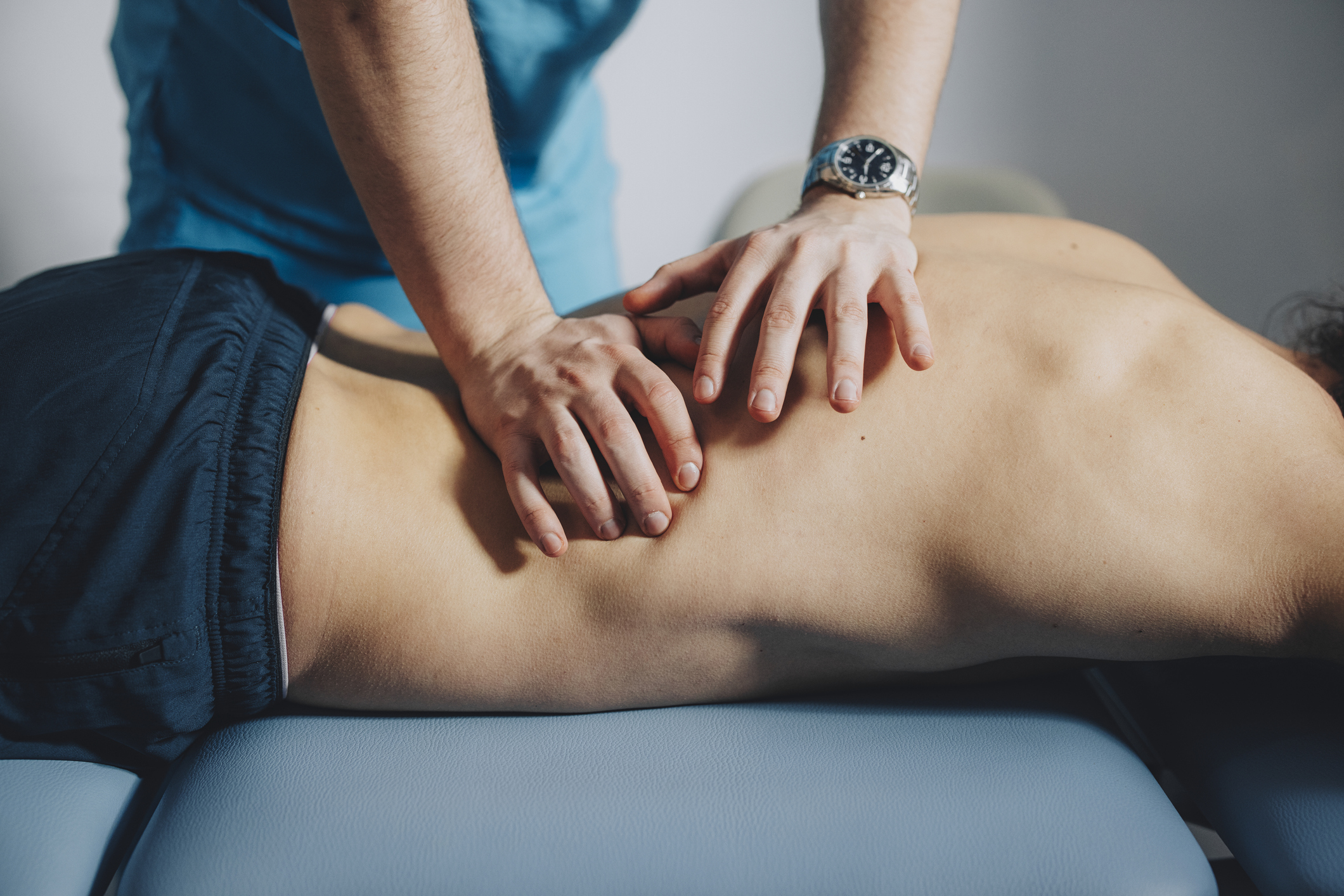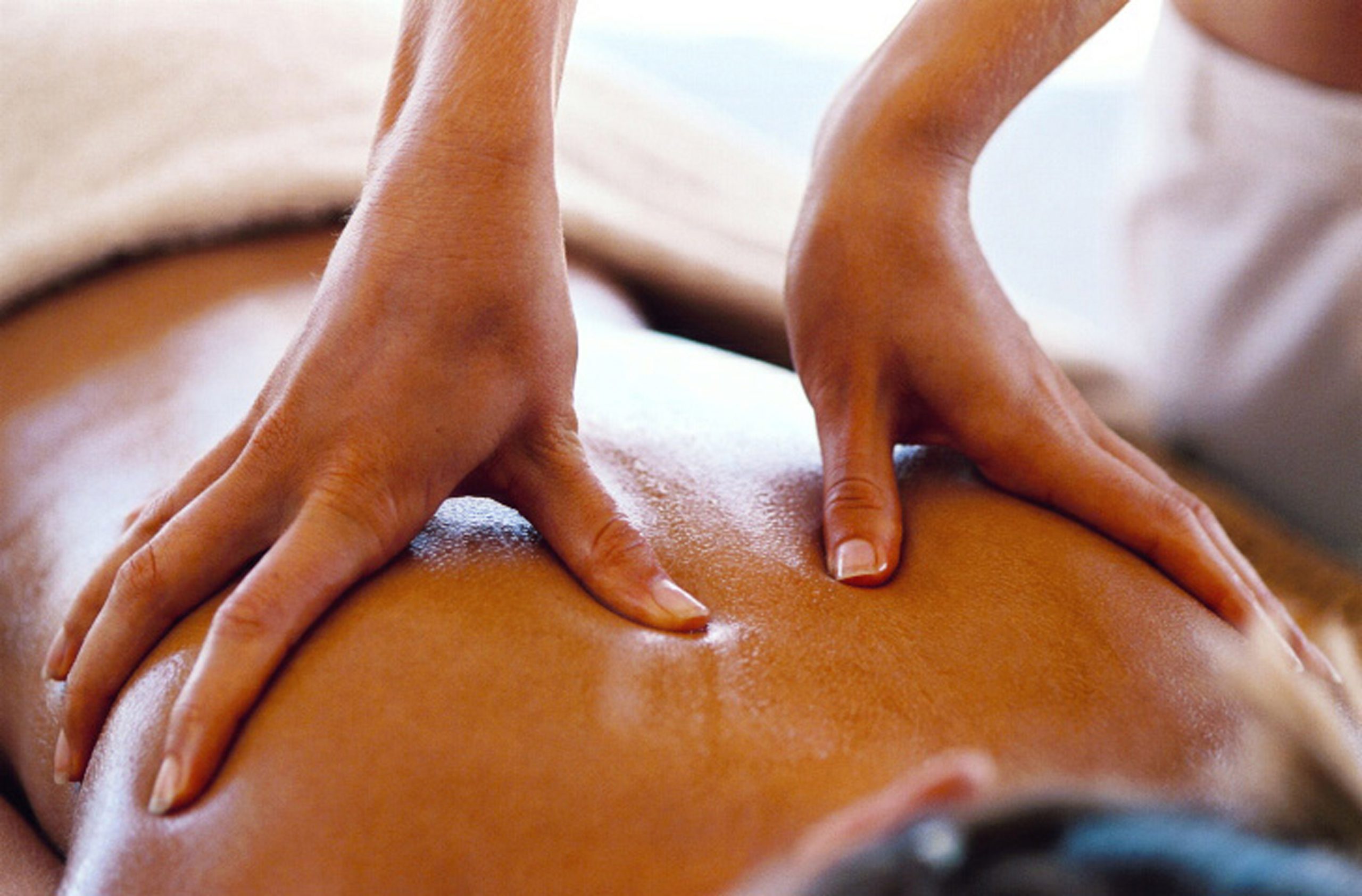Back pain is a pervasive issue affecting millions worldwide, often leading to discomfort that can disrupt daily life and diminish overall well-being. As individuals search for effective relief, many are discovering the transformative power of massage therapy. With its roots deep in ancient practices, massage offers not just a moment of relaxation, but a multifaceted approach to alleviating tension, improving circulation, and promoting endorphin release.
Yet, it isnt merely about indulgence; the therapeutic benefits of touch can play a pivotal role in managing chronic pain. Through skilled manipulation of muscles and soft tissues, massage encourages a harmonious interplay between body and mind—unlocking pathways to healing that are often overlooked in conventional treatments. In exploring the ways in which massage therapy supports back pain management, we uncover not only its physical advantages but also its profound effect on the emotional landscape of pain relief.
Understanding Back Pain: Causes and Symptoms

Understanding back pain involves delving into a complex web of causes and symptoms that can vary widely among individuals. From the awkward twist of a sports maneuver to the slow insidious creep of aging, the triggers of back pain are as diverse as the people who experience it.
Postural issues, such as slouching at a desk, can exacerbate strain, while medical conditions like herniated discs or arthritis might add layers of discomfort. Symptoms too can range from sharp, acute pain that demands immediate attention to dull aches that linger, sometimes leading to debilitating limitations in daily activities.
Stress, often an overlooked factor, can tighten muscles and lead to tension that manifests as back pain, creating a cyclical dilemma that challenges even the most resilient individuals. Recognizing these underlying causes is crucial in developing effective management strategies, with massages emerging as a promising avenue for relief and healing.
The Science Behind Massage Therapy

Massage therapy operates through a combination of physiological and neurological mechanisms that promote healing and alleviates pain. At a fundamental level, the application of pressure and kneading on muscles enhances blood flow, which supplies oxygen and nutrients while facilitating the removal of metabolic waste.
This increase in circulation can soothe inflamed tissues and reduce muscle tightness, leading to improved flexibility and function. Moreover, massage stimulates the nervous system, triggering the release of endorphins—natures painkillers—promoting an overall sense of well-being.
The sensory experience of touch activates unique pathways in the brain, shifting attention away from pain and fostering relaxation. With various techniques, from deep tissue to Swedish massage, therapists can tailor treatments to address individual needs, proving that the art of massage is as much about science as it is about reflexive intuition.
Types of Massages Beneficial for Back Pain Relief

When seeking relief from back pain, various massage techniques can offer unique benefits tailored to individual needs. Swedish massage, with its gentle strokes and kneading, promotes relaxation, helping to alleviate tension that often exacerbates discomfort. Conversely, deep tissue massage dives deeper into muscle layers, breaking down knots and releasing chronic pain trapped within the tissues.
For those struggling with inflammation, sports massage can bolster recovery, enhancing circulation and flexibility. Trigger point therapy specifically targets tension spots, offering focused relief that can result in significant pain reduction. Lastly, myofascial release assists in easing restrictions in the connective tissues, facilitating a sense of freedom and mobility. Each approach presents its own strengths, inviting exploration into the most effective methods for back pain relief.
Conclusion
In conclusion, massage therapy emerges as a beneficial and effective strategy for managing back pain, offering both immediate relief and long-term recovery. By targeting muscle tension, improving circulation, and promoting relaxation, massages not only alleviate discomfort but also enhance overall well-being. Whether through the hands of a skilled therapist or techniques practiced at home, individuals can experience significant improvements in their condition.
As evidenced by techniques like 경산마사지, integrating massage into a comprehensive pain management plan can lead to enhanced mobility and quality of life. Ultimately, embracing the healing power of massage may be a vital step towards achieving lasting relief from back pain.


